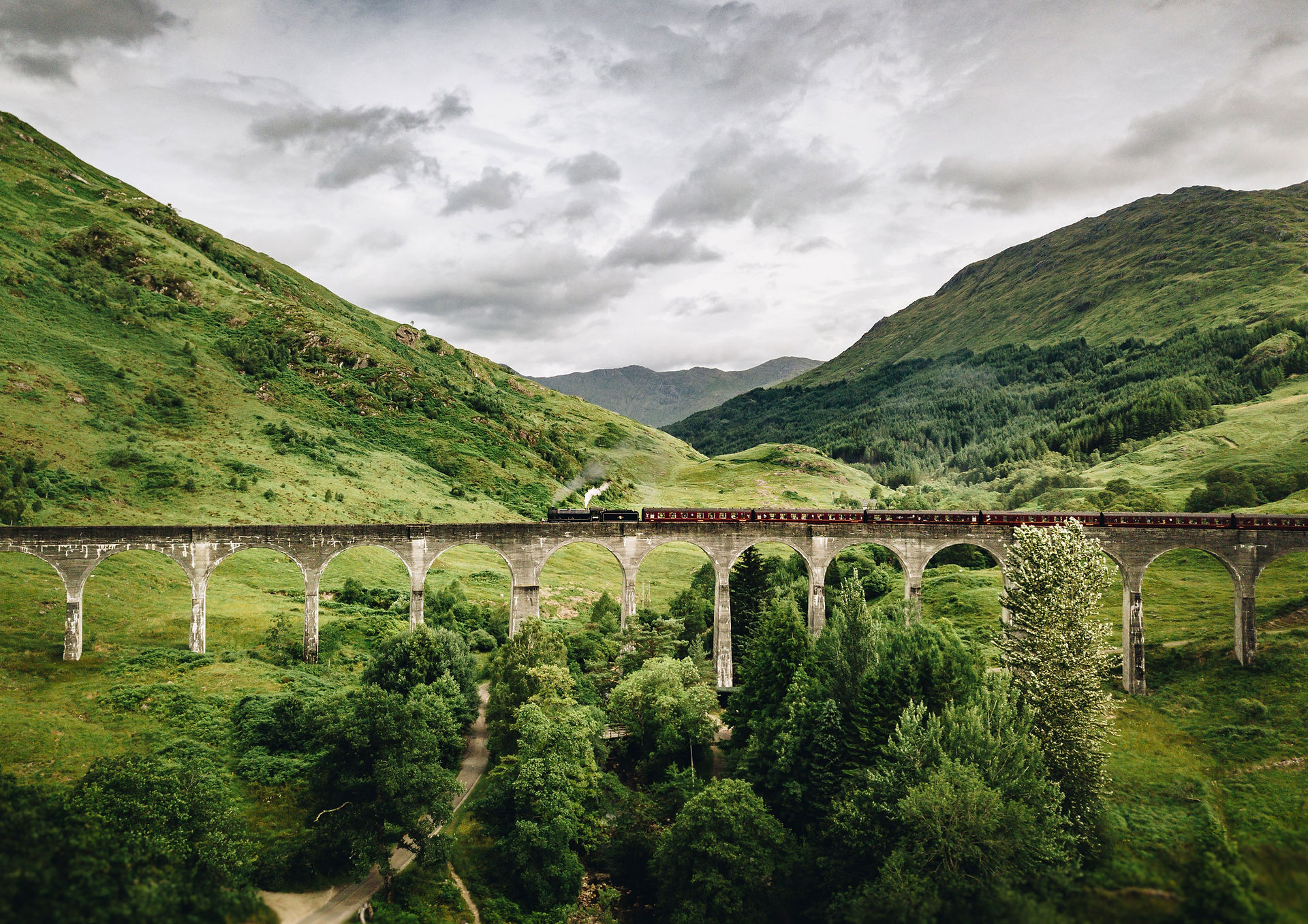
About the Field Trips

.jpeg)
.jpeg)
Overnights
Pacific Environmental Education Center in Fort Bragg is our first overnight field trip. It will be toward the end of March and coincides with our animal adaptation and ecosystem study in science. Students will explore tide pools, huge sand dunes, redwood forests, and really examine the biodiversity of those ecosystems. For many students this is the first field trip away from home and you will be amazed how much students grow as people. The Pacific Environmental Education Center is a non-profit, standards-based, residential outdoor science school. PEEC is located within MacKerricher State Park on the beautiful Mendocino coast of California. From our site students visit the beach, tide pools, seal rookery, coastal prairie, fresh water lake and whale skeleton. Off-site, students explore unique sand dunes, and hike through redwood and pygmy forests. Their coastal ecology program seeks to instill within students a respect for the natural world.
http://peec.mcn.org/Home.html
Tour Through Gold Country
Date: TBD
2 nights, 3 days
We start our journey in Old Town Sacramento, where students "travel back in time" to attend a class in an old school house as if it were the 1800's. They learn how to curtsy and bow before they share an answer (which they display on their chalkboards of course)! Students also visit the Sacramento History Museum, where they learn all about Gold Rush History. They even get to pan for gold!
Later that day, we travel to and camp along the Bear River, where students partake in many activities. We are visited by storytellers who specialize in Gold Rush history. Students watch a comical Gold Rush film By the Great Horn Spoon. We visit the historic Empire Mine in Grass Valley where students learn all about blacksmithing and underground mining. It is such a wonderful feeling to get to share with students our love of the foothills and all the history that goes along with the area!
http://www.historicoldsac.org/shm.asp
http://www.empiremine.org/
http://malakoffdigginsstatepark.org/
Fort Ross
Date: TBD
1 night, 2 days
Fort Ross is a two day trip and is one of the highlights of the fourth grade year. In May, our class lives and breathes Fort Ross history! This amazing Living History Project brings the past alive for students through role play. Students become someone who actually lived at the Fort during its time of operation. They change their name tags on their desks to represent their Fort Ross character name. Students learn Russian in class, dance the Troika, write research reports, and make leather pouches, water-bottle holders, and journals. They even get to present to parents and third graders in a wax museum style presentation (where their character comes to life)!
While at the fort, students have unique and varying experiences depending on their role group they are a part of. Some members of our class will learn how to fire the cannon while others fish in the ocean. The artisans paint beautiful landscapes and build lanterns while the gardeners harvest and plant food. Everyone involved dresses in costume (including chaperones who attend). A night watch is also part of this trip, during which time role groups "guard" the fort, star gaze, and eat Russian Tea Cakes, and have hot cocoa by the fire. This trip is amazing and not only makes history real, but it leaves an indelible imprint on the minds of all who participated.
http://www.fortross.org/?gclid=CMOuma-9nsACFQGqaQodWFcARw
Day Trips
Marin Museum of the American Indian
Date: TBD
One unit of study in 4th Grade Social Studies is Early California, with a specific emphasis on the California Native Americans. We learn how the regions in which they lived impacted their way of life. Native Americans living in a coastal climate, for example, would gather shells, eat abalone, catch fish, etc. This differs greatly from Native Americans living in the desert as the resources available to them varied significantly. We learn about trade, traditions, and perhaps most importantly, the respect the Native Americans had for the land. Students gain an appreciate for Native American culture and also learn about present day life at the Marin Museum of the American Indian.